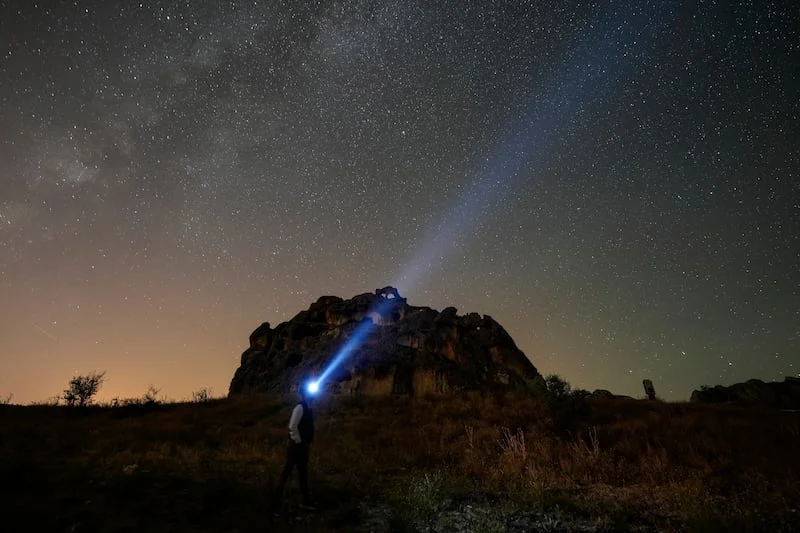
Summer Stargazing 2025: Venus, Strawberry Moon, and Meteor Showers Light Up the Night Sky
Get ready for a celestial spectacle! The early summer nights of 2025 promise a captivating array of astronomical events, from the radiant glow of Venus to the enchanting Strawberry Moon and a host of mesmerizing meteor showers. This summer offers something for every stargazer, whether you're a seasoned astronomer or just beginning to explore the wonders of the night sky.
Venus Shines Brightest: The celestial show kicks off with Venus reaching its greatest western elongation on June 1st. This is when the planet, often called the "Morning Star" or "Evening Star", is at its most visible, shining brightly on the horizon before dawn. Don't miss this opportunity to witness Venus in all its glory, as it graces the sky with its exceptional brilliance.

Strawberry Moon Illuminates the June Sky: Just ten days later, on June 11th, at 3:44 a.m. EDT, the Full Strawberry Moon will reach its peak. The name comes from the strawberry harvest season in North America, perfectly capturing the essence of June. While beautiful, it is crucial to note that this particular full moon is not designated as a supermoon. Those eager for a supermoon experience will need to wait for the Full Harvest Moon in October, followed by the Full Beaver Moon in November and the Full Cold Moon in December.

Summer Solstice and the Longest Day: On June 20th at 10:42 p.m. EDT the Summer Solstice marks the beginning of astronomical summer, when the North Pole reaches its maximum tilt towards the Sun. This results in the longest day of the year for the Northern Hemisphere. Enjoy the extended daylight, but remember that peak temperatures typically lag by a few weeks.
Meteor Showers Galore: For those who love shooting stars, the summer of 2025 offers a selection of meteor showers. While some showers like the Bootids and Arietids might be less visible, other showers provide better opportunities for stargazing. Keep an eye out for the Eta Aquariids, active from mid-April to the end of May, peaking around May 5 and 6 and best viewed from the Southern Hemisphere. Later in the summer, the Alpha Capricornids peak on July 30, promising bright fireballs across both hemispheres. The Southern Delta Aquariids in late July, and the ever-popular Perseids shower, active from July 14 to September 1 and peaking around August 12, also offer chances to witness these cosmic spectacles.
What are you most excited to see in the summer night sky? Which celestial event are you most looking forward to witnessing? Let us know in the comments below and share your stargazing tips!